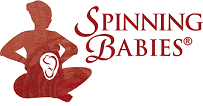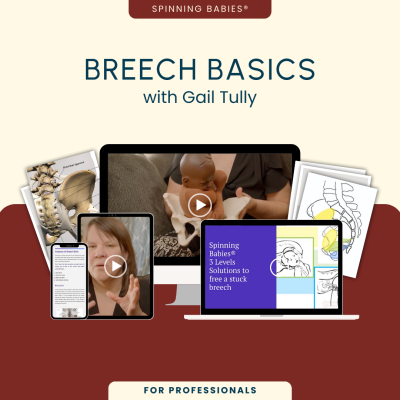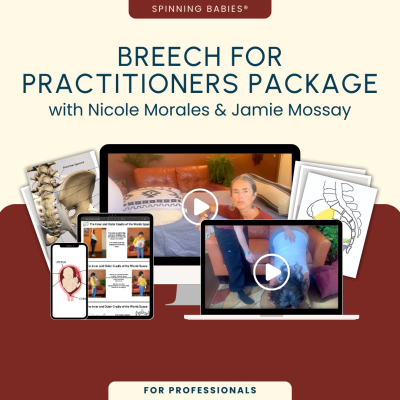Resolving Shoulder Dystocia
$29.95
A safe birth. A solution for every problem. We want the former. We expect the latter—but solutions can evade us. Learn about safe techniques for resolving multiple types of shoulder dystocia in this continuing education course by Midwife and Spinning Babies® Creator Gail Tully.
You’ll have 60 days of access to presentations, birth videos, first-hand experiences of midwives, practice drills, printable resources, and more. This course reviews birth anatomy, the different types of SD, solutions for each type, and how to think critically in a time of crisis and incorporate this life-saving information into your practice.
Description
Course Objectives
- Identify an early sign of shoulder dystocia
- Compare an inlet and outlet dystocia
- List the four steps of FlipFLOP for resolving shoulder dystocia
- Plan an appropriate technique for bilateral inlet dystocia
- Strategize an appropriate technique for bilateral outlet dystocia
This course is recommended for midwives.
This course provides three (3) continuing education contact hours from ANCC. Spinning Babies® is accredited as a provider of continuing education by the American Nurses Credentialing Center’s Commission on Accreditation (ANCC).
Course includes 60 days of access to course materials. Users will be given the option to extend their course access for $10 upon course expiration.








Daisy –
I loved the course! Very affordable and had great information. It taught want signs to look for and what different signs means, when to act, when to wait and what to do. I really feel prepared now to encounter a shoulder dystocia.
Christine –
I just finished the course successfully. The course is very understandable also for foreigners. I am German and could understand it without problems. I can recommend the course for doctors, midwives, doulas and even interested mothers. We all should have knowledge of birth and how complications can be safely handled. I hope you organize more courses like that.
Alba –
You have to do it! I am an Italian midwife but you can understand English very well without difficulty. She talks about some points that we often ignore or just don’t think. She is very clear during explaining all the concepts. And you can rewind whenever you want. Thank you very much. I hope that you will organize more courses like this!
Heather Carrion –
This course was excellent! I’ve been practicing as a CNM for 10 years and have encountered several shoulder dystocias in that time, all thankfully resolved with good outcomes (even the 4-5 minute shoulders!), but those experiences made it really easy for me to know what was happening in each scenario described in this course and I feel confident in applying the new skills I have now learned. I’m also confident that, had I known some of these other techniques, some of those shoulders could have been resolved more quickly, but now I know and can move forward with improved technique. I agree with the review above that this should be required continuing education for any/all OB providers.
Kayla M –
Excellent! As a midwifery student I feel much more prepared. This course has helped me to understand the many types of shoulder dystocias and how to resolve them calmly.
Bernice Keutzer –
Wonderful course! Should be required for all midwifery schools and certifications, OB training, L&D orientations for RNs and doula certifications! I knew of and have used some of the basic techniques for years, but still learned plenty!
Ulrich Anisa –
great